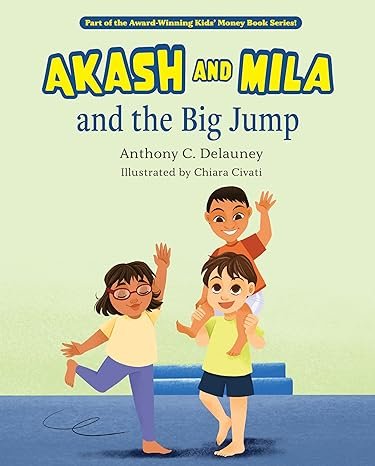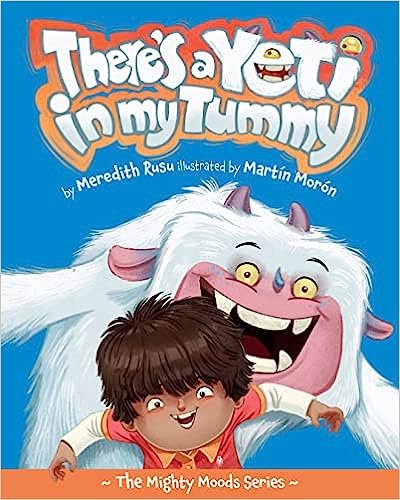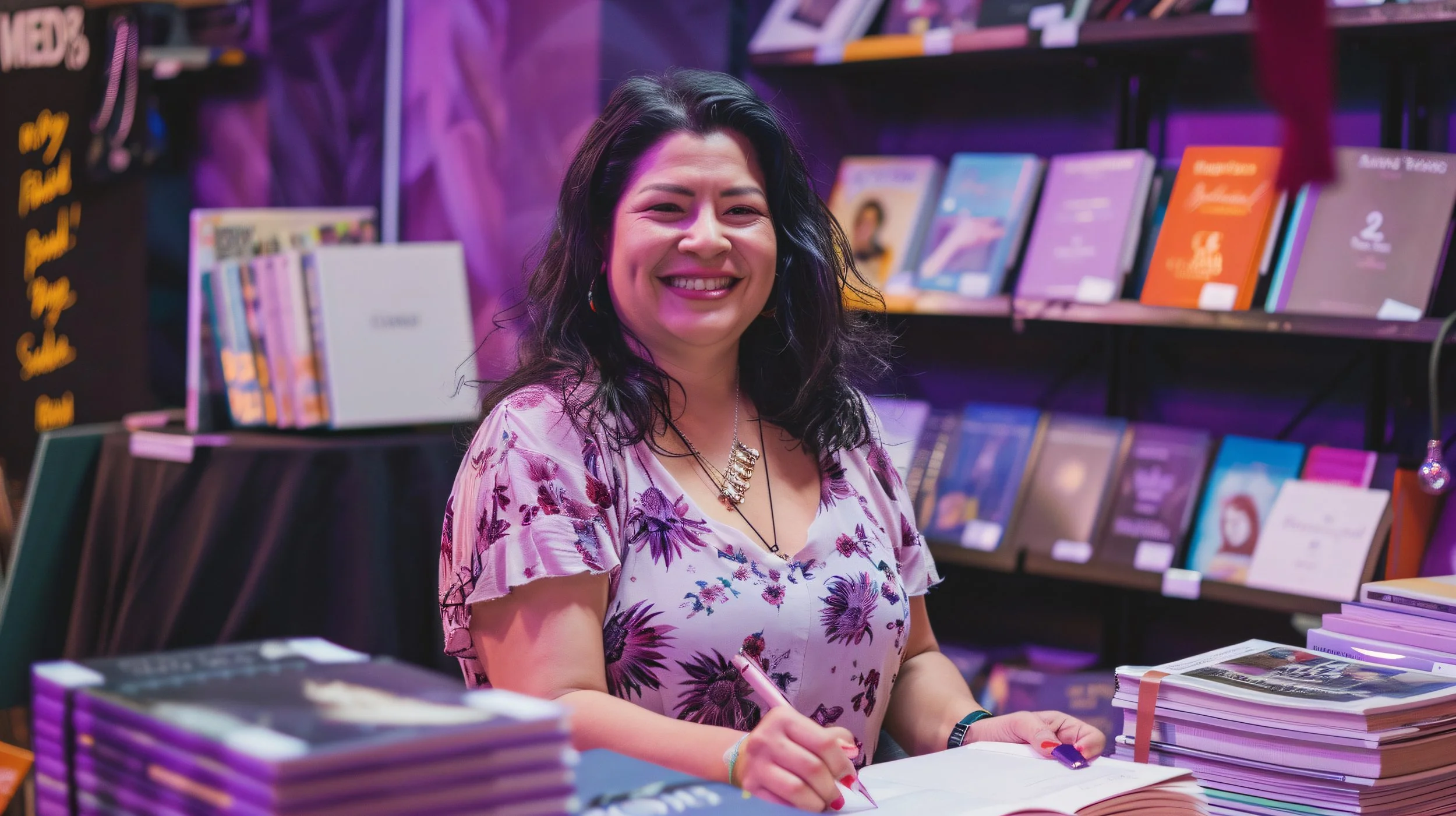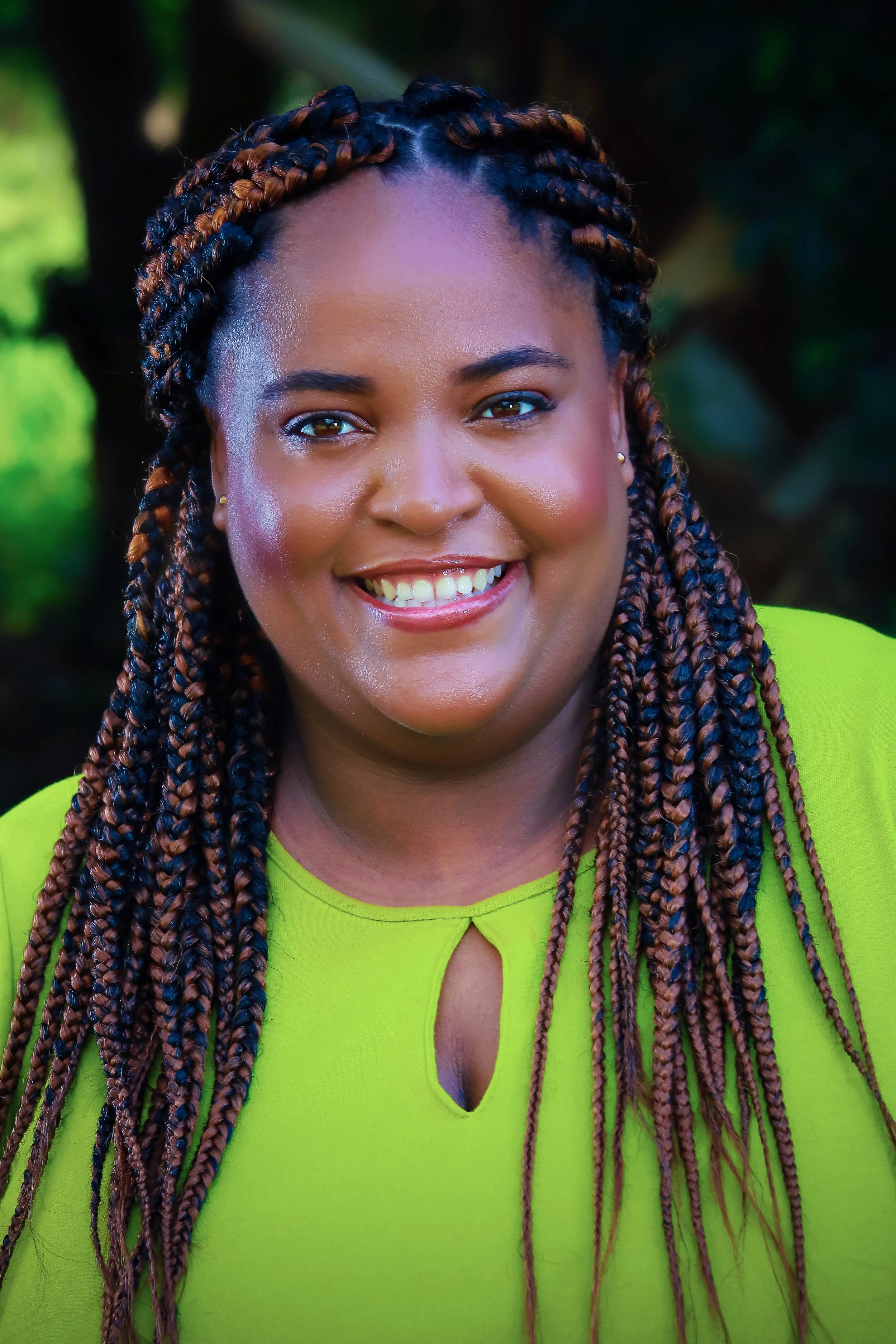This Book Is About The Transformative Potential of Running Like A Girl by Mina Samuels
/Have you ever been taunted that you “run like a girl”?
Well, Run Like A Girl 365 Days A Year is reclaiming that insult and transforming it into high praise. Because running like a girl is empowering. Running like a girl is an everyday experience. Running like a girl happens on the road and off. Running like a girl invites us to engage with the world. Running like a girl means challenging our bodies and minds to be stronger and happier, and accessing our ageless girl-spirit, where the clean-slate optimism of “let’s go” meets the seasoned wisdom of “I can.”
In this book, running is just a proxy for any active physical engagement you fancy, however you choose to move your body and get your heart pounding. And running is a metaphor for so much more than sports. Athletics are just one aspect of how we engage with the world as strong women. We have our work, our communities, our families, and our friends; how we are in each of those bits of the world matters. Wherever we meet the world with lightness of spirit, curiosity, strength and a desire for excellence, we are running like girls. That’s what this book is about.
My particular interest is the transformative impact of sports in women’s lives. How our physical strength fortifies our psychological and emotional strength; how we find balance; how sports nourishes our life’s purpose; and how being active feeds our ability to change how we exist in the world. Our sports are a mirror and microscope. They are where we can test our strength and determination and try out new ways of being. Sports is where we practice taking care of ourselves, making our health and vitality a priority.
When I talk about sports, it gets personal. I have been remade by my sports (running found me in my late 20s). I have felt the way my strength has supported me on a daily basis and through big changes (moving to a different country, going from being a lawyer to becoming a writer; then, in my 40s, a playwright). At the same time, I struggle with finding the right balance between the supportive potential of my sports and the oversaturation point past which I’m worn out and get injured.
This is a book about making the tiny, often difficult, moves toward transformation; a process that doesn’t end (and that’s a good thing!). There will be growing pains (and muscle pains). And while change may happen quickly, more often it happens over time, even imperceptibly; until one day we are surprised by our own strength and courage and determination. We are in this together; you, me and all the women who answer this book’s call to be present for hard work and sweat, and for joy and indulgence.
MINA SAMUELS is a writer, playwright and performer, and in a previous incarnation, a litigation lawyer and human rights advocate. Her books include, Run Like A Girl 365 Days: A Practical, Personal, Inspirational Guide for Women Athletes (Skyhorse Press; June 2019), Run Like a Girl: How Strong Women Make Happy Lives (for which she appeared on The Today Show); a novel, The Queen of Cups; and The Think Big Manifesto, co-authored with Michael Port. She created and performed two award-winning solo shows, and her ensemble play, Because I Am Your Queen, had its first production at University of Illinois’ Krannert Center for the Performing Arts in March 2019. She also posts a weekly translation of one of Jean de La Fontaine’s 17thcentury French fables with contemporary commentary. When she’s not writing, she might be out on the roads or trails, running, mountain biking, cross-country skiing, doing aerial yoga, or any number of other activities that make her heart beat faster. For more about Mina, or to get in touch, visit her website at: www.minasamuels.com.




















































